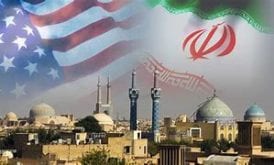Iranwire – Decades of misguided environmental policies have contributed to the air-pollution crisis in Iran, where Tehran and other major cities have long been among the world’s most polluted.
Iranians decry that there had only been three days of clean air recorded in the capital during the last Persian year, which ended in March, and urge the authorities to do more to address the problem.
Officials persist in attributing air pollution primarily to car emissions, but the COVID-19 pandemic and subsequent lockdowns revealed the fallacy of blaming vehicles for the crisis.
Experts instead point to the authorities’ use of dirty mazut, a low-quality heavy fuel oil, in power plants and other factories, especially when natural gas shortages hit during the hard winter months.
Despite mounting evidence, the head of Tehran City Council, Mehdi Chamran, and other officials continue denying the key role of mazut in the pollution crisis.
However, statements from officials at the Tehran Provincial Council’s Health Committee and the Environment Protection Organization indicate internal divisions on the issue.
An expert from the Environment Protection Organization has acknowledged that buses, trucks and private cars contribute less to particulate matter emissions than power plants, refineries and industries.
Meanwhile, Radio Farda cited confidential documents of the Oil Ministry as showing that last year, an average of 25 million liters of high-sulfur mazut and 110 million liters of diesel were consumed daily in the country.
According to the same document, nearly 10 million liters of MTBE and other dangerous substances are used every day to compensate for gasoline shortages.
 Shabtabnews In this dark night, I have lost my way – Arise from a corner, oh you the star of guidance.
Shabtabnews In this dark night, I have lost my way – Arise from a corner, oh you the star of guidance.



